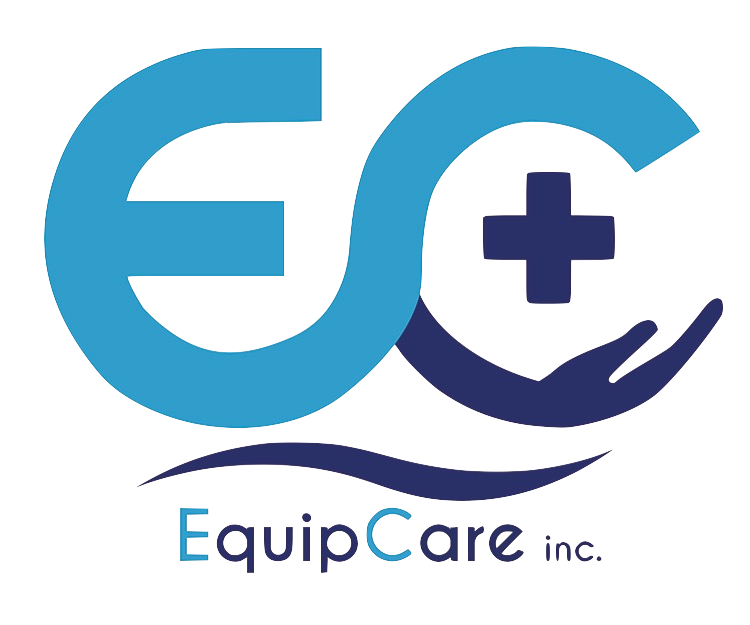Level 1 masks offer low barrier protection and are suitable for general use, but not for aerosols, spray or fluids. They are perfect for low-risk procedures or environments with no expected fluid exposure. For non-medical or routine medical use, they provide an effective option that is also latex and fibreglass free.
Level 2 masks offer moderate barrier protection and are ideal for low to moderate levels of aerosols, spray, and fluids. They are also free of latex and fibreglass, and are suitable for moderate-risk procedures or environments where splashing or spraying may occur.
Level 3 masks provide maximum barrier protection and are recommended for high-risk fluid, spray and/or fluids. They offer high-grade protection for procedures and environments with a high risk of fluid exposure, including exposure to blood, aerosols or spray. Non-medical professionals who frequently interact with large crowds or people not wearing masks may also consider upgrading to Level 3 masks.
While the information about these standards may be presented in charts that can be challenging to understand, it's essential to choose the right level based on your specific needs and circumstances. Level 1 masks are more breathable, while Level 2 and 3 masks have a higher filtration rate and fluid resistance.
